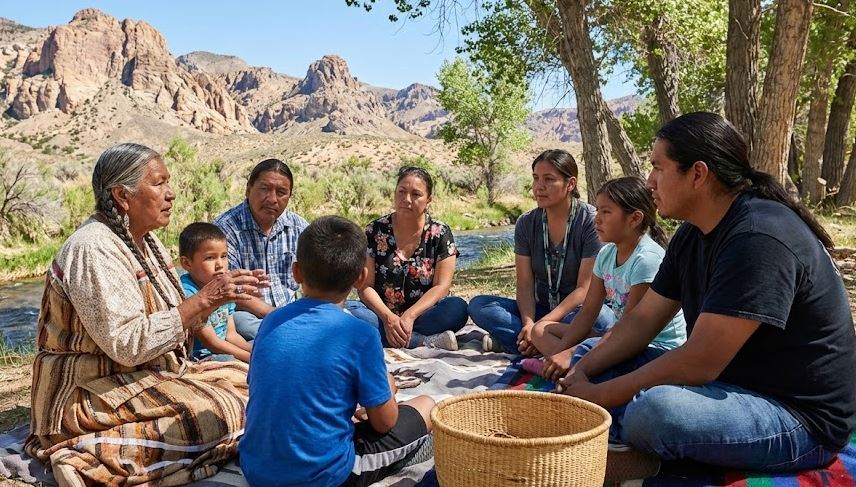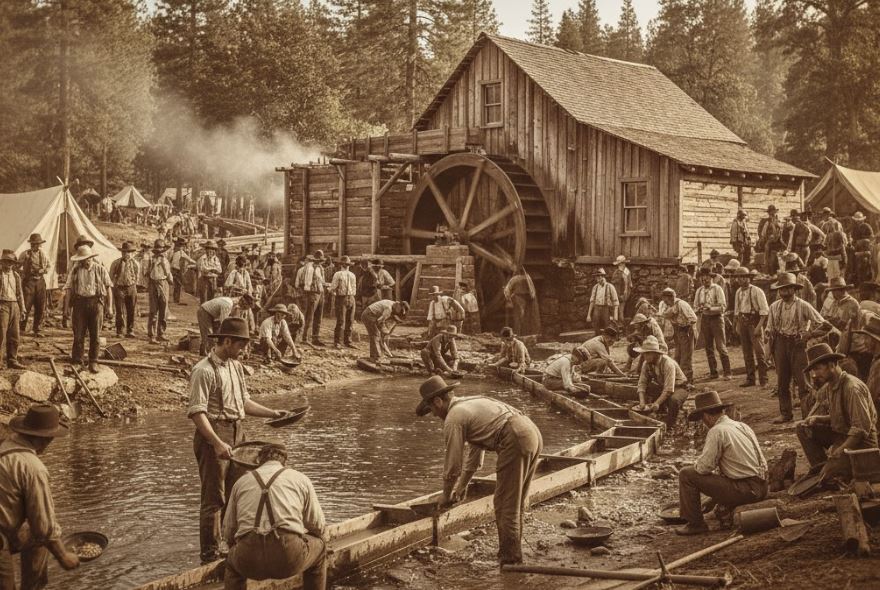Let's explore the names and historical phases that defined California before it joined the Union.
Indigenous California: A Land of Diverse Nations
For thousands of years, the land of California was home to an incredibly diverse array of Native American peoples, far more numerous and varied than in most other parts of North America. Hundreds of distinct tribal groups, speaking over 100 different languages and dialects, thrived across the state's diverse landscapes—from the redwood forests to the deserts, the mountains, and the coast.
Unlike the larger, more unified tribes often found elsewhere, California's indigenous people lived in smaller, independent communities, each with its own name and territory. Therefore, there wasn't a single "Native American name" for the entire region, but rather countless names for specific rivers, valleys, mountains, and villages known to its first inhabitants.
The Mythical Island of "California"
The name "California" itself didn't originate from geography or indigenous language, but from a work of popular fiction! The name first appeared in a 1510 Spanish romance novel, Las sergas de Esplandián (The Adventures of Esplandián), written by Garci Rodríguez de Montalvo.
In the novel, California was described as a mythical island paradise, located "on the right hand of the Indies," populated by beautiful Black Amazons and ruled by Queen Calafia, with mountains of gold and precious stones.
When Spanish explorers, like Hernán Cortés and his crew, first reached the Baja California peninsula in the 1530s, they believed it was an island and, likely influenced by the popular novel, began calling it "California." The name stuck and was eventually applied to the entire long stretch of western North America.
New Spain: Las Californias
For over two centuries, the region was considered part of New Spain, the vast Spanish colonial empire in the Americas. However, the Spanish paid little attention to "Alta California" (Upper California, roughly the present-day state) for a long time, focusing instead on Mexico and the silver mines.
It wasn't until the late 18th century (starting in 1769) that Spain began to establish a permanent presence in Alta California, driven by fears of Russian or British encroachment. This era was marked by the establishment of:
- Missions: A chain of 21 Franciscan missions, stretching from San Diego to Sonoma, aimed at converting Native Americans and establishing Spanish control.
- Presidios: Military forts (like those in San Diego, Monterey, San Francisco, and Santa Barbara) to protect the missions and settlers.
- Pueblos: Civilian towns (like Los Angeles and San Jose) that grew alongside the missions and presidios.
During this period, the entire region, including both Baja and Alta California, was often referred to as "Las Californias" (The Californias) under Spanish rule.
Mexican Territory: Alta California
After Mexico won its independence from Spain in 1821, California became a remote northern territory of the new Mexican Republic. The missions were secularized (their lands distributed, often to wealthy Mexican Californios), and the region was known as "Alta California" (Upper California) to distinguish it from Baja California.
During this Mexican period (1821-1848), American traders and trappers began to arrive, followed by a trickle of American settlers, particularly in the 1840s. These settlers, often dissatisfied with Mexican rule, played a role in the political tensions to come.
The Bear Flag Republic (1846)
In June 1846, a small group of American settlers in Sonoma, fearing Mexican authority and encouraged by U.S. Army Captain John C. Frémont, launched a revolt against Mexican rule. They declared California an independent nation, creating a flag featuring a grizzly bear and a star. This short-lived entity became known as the Bear Flag Republic.
Their "independence" lasted less than a month. Shortly after, the U.S. Navy landed at Monterey, officially beginning the American conquest of California during the Mexican-American War.
U.S. Military Occupation and the Gold Rush
From 1846 to 1848, California was under U.S. military occupation. The Treaty of Guadalupe Hidalgo, signed in February 1848, officially ended the Mexican-American War and formally ceded California (along with vast other territories) to the United States.
Just days before the treaty was signed, gold was discovered at Sutter's Mill in Coloma. This ignited the California Gold Rush, a transformative event that brought hundreds of thousands of people from around the world to California in an incredibly short period. The population exploded, creating a diverse, chaotic, and rapidly developing society.
Statehood
The Gold Rush accelerated California's path to statehood. The influx of people created an urgent need for civil government, rather than continued military rule. Skipping the typical territorial phase, California drafted a state constitution in 1849.
 On September 9, 1850, as part of the Compromise of 1850, California was admitted to the Union as the 31st state. The name "California," with its origins in a Spanish novel, was retained, now representing a new American frontier.
On September 9, 1850, as part of the Compromise of 1850, California was admitted to the Union as the 31st state. The name "California," with its origins in a Spanish novel, was retained, now representing a new American frontier.



